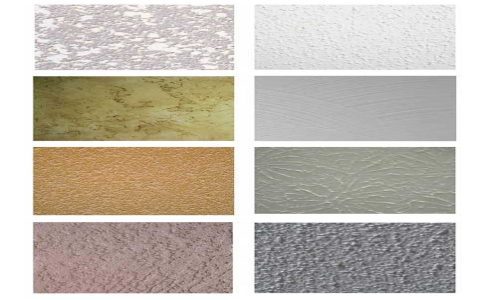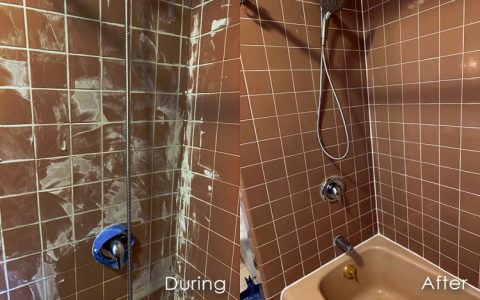Wall texture refers to the surface finish of interior walls, adding visual interest, depth, and character to a room. It can also help to hide minor imperfections in the drywall. The choice of texture can significantly impact the overall aesthetic and feel of a space.
Common Wall Texture Types
-
Smooth Finish:
This is a non-textured finish, achieved by carefully sanding the drywall mud to a perfectly flat surface. It provides a modern, clean look and is ideal for showcasing paint colors and sheens. However, it reveals imperfections more readily than textured finishes.

-
Orange Peel:
This texture resembles the skin of an orange, with a subtle, dimpled surface. It's applied using a spray gun and is common in new construction due to its ease of application and ability to hide minor flaws. It offers a slightly more durable surface than a smooth finish.
-
Knockdown:
Achieved by spraying a texture (often similar to orange peel or splatter) and then "knocking down" the peaks with a drywall knife once partially dry. This creates a more varied, flattened texture pattern. It can range from light to heavy depending on the initial spray and knockdown technique.
-
Popcorn (Acoustic):

A heavily textured finish that looks like cottage cheese or popcorn kernels. It was popular for its acoustic properties, helping to dampen sound. However, it's less common in modern homes, can be difficult to clean and repair, and older versions may contain asbestos (requiring professional handling if disturbed).
-
Slap Brush (Stomp Brush/Panda Paws):
Created by applying drywall mud and then using a special brush (often a "crow's foot" or "stomp" brush) to create a pattern of raised ridges or sunburst-like designs. The look varies greatly depending on the brush and application technique.
-
Skip Trowel:
This texture is applied by hand using a trowel. Drywall mud is applied in thin layers, and the trowel is skipped across the surface, leaving behind a random, rustic pattern of raised areas and smoother patches. It often imparts a Mediterranean or Spanish-style look.
-
Sand Swirl:
Achieved by mixing sand into primer, paint, or drywall mud and then applying it in a swirling pattern using a brush or trowel. This creates a fine, sandy texture with a visible swirl design.
-
Venetian Plaster:
A high-end finish made from plaster mixed with marble dust, applied in thin, multiple layers and then burnished to create a smooth surface with the illusion of depth and movement, often resembling polished stone.
The choice of wall texture often depends on the desired style, budget, and the level of imperfection concealment needed. Application methods can range from spraying to hand-troweling, each requiring different skill levels.








